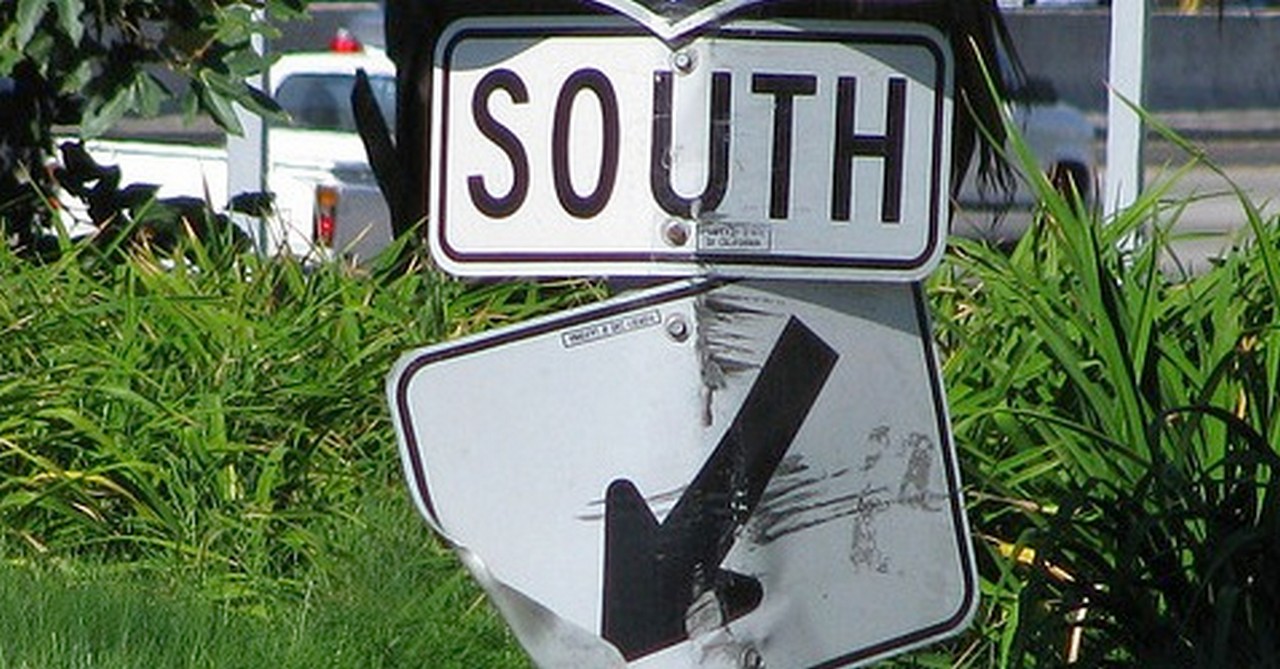Table of Contents
The headlines surrounding the housing market and mortgage charges have been fairly pessimistic these days.
So unhealthy that you simply may suppose this so-called actual property bubble we’ve supposedly been in is about to pop, as soon as and for all.
The warnings have been coming for some time now, however an increasing number of people are saying sufficient is sufficient.
If issues do take a flip, it’d enable fence sitters to lastly get in with out having to enter a bidding battle, or pay a sky-high premium.
However there’s only one drawback – there’s actually no catalyst for actual property to chill off. And, it’s truly not as costly because it appears.
Is Actual Property Actually That Costly?
The subject du jour has been inflation – every part appears to have gone up in value, actual property included.
In the end, this implies the worth of every greenback you personal isn’t value as a lot because it as soon as was.
So when you’re dwelling costs by a 2020 lens, or an excellent earlier one, chances are high you’re making them look so much larger than they seem.
We will’t merely examine at the moment’s dwelling costs to these seen again in 2006, on the peak of the housing bubble.
For instance, a house priced at $250,000 again then is similar to a property listed for almost $350,000 at the moment.
That’s a roughly 40% enhance. If the house had been priced for $500,000, it’d be promoting for nearly $700,000 now.
A $1 million dwelling again then? How about $1.4 million now.
The opposite factor it’s worthwhile to take into account is wage development. The extra a potential dwelling purchaser makes, the extra they’ll afford.
Sprinkle in still-low mortgage charges and issues aren’t so unhealthy for a purchaser, even when stock is slim and competitors excessive.
At this time’s House Consumers Nonetheless Have Almost 40% Extra Buying Energy Than in 2006
Consider it or not, regardless of the file year-over-year positive factors in dwelling values, at the moment’s patrons are nonetheless significantly better off than their predecessors.
Per the newest evaluation from First American, so-called “house-buying power-adjusted home costs” are nonetheless a whopping 37.5% under their 2006 housing increase peak.
Now I all the time level out that 2006 shouldn’t be used as a barometer, given how overpriced and unsustainable costs had been again then.
However the sheer margin between every now and then tells me that we’ve nonetheless obtained some legs on this housing increase, even with the current dwelling value will increase baked in.
And that is even supposing unadjusted dwelling costs are roughly 36% larger than they had been when the housing market peaked in 2006.
Now in some unspecified time in the future this clearly has to provide, however the information is likely to be telling us there are nonetheless a couple of good years left.
[Are home prices going down anytime soon?]
It Would possibly Rely upon Curiosity Charges
The large query mark hanging over the housing market is rates of interest, which might have a huge impact on buying energy.
They’ve already risen off their file lows and most economists see them climbing additional in 2022.
As an alternative of the 30-year fastened going for as little as 2.5%, it’s now projected to be nearer to three.5% subsequent 12 months.
Clearly that alone can erode buying energy, however there’s something that may offset larger mortgage charges. And that’s larger wages.
And the entire cause rates of interest have been pressured larger is because of inflation, which is often aligned with a rising economic system.
What additionally comes with a rising economic system is wage development, one thing First American’s Mark Fleming factors out within the evaluation.
Because of this dwelling costs and mortgage charges can rise collectively, regardless of seeming to have an inverse relationship.
There’s additionally some query about how a lot charges might rise. The Fed goes to taper its buy of mortgage-backed securities (MBS), however they appear to be hesitant to lift charges.
This uncertainty might imply a extra subdued enhance in mortgage charges in 2022.
On the identical time, the worry of upper mortgage charges could possibly be a terrific motivator for dwelling patrons subsequent spring!
What Occurs to Actual Property with Almost 4% Mortgage Charges?
Fleming ran a situation the place mortgage charges enhance from round 2.84% to the anticipated end-of-year stage of three.2%.
Assuming the borrower places down 5 p.c, and the typical family revenue is regular at $68,658, buying energy falls roughly $21,500.
If 30-year fastened mortgage charges rise to round 3.7%, which is their anticipated finish of 2022 stage, dwelling shopping for energy would fall by about $49,000.
Nonetheless, we have to inject wage development into the equation as properly to get an correct image.
If incomes proceed to rise at a month-to-month charge of 0.2% by the tip of this 12 months, the upper wages will cut back projected end-of-year 2021 house-buying energy by simply $18,000.
And if this pattern continues by the tip of 2022, the projected end-of-year 2022 lower in house-buying energy could be solely $35,000.
Bear in mind, that assumes the 30-year fastened rises as a lot as anticipated. If it doesn’t, for all types of doable causes, buying energy is probably not a lot totally different subsequent 12 months.
So if historical past follows swimsuit, we might have a 2022 housing market that’s nonetheless less expensive than it was in the course of the prior peak. And thus, costs will maintain climbing.



